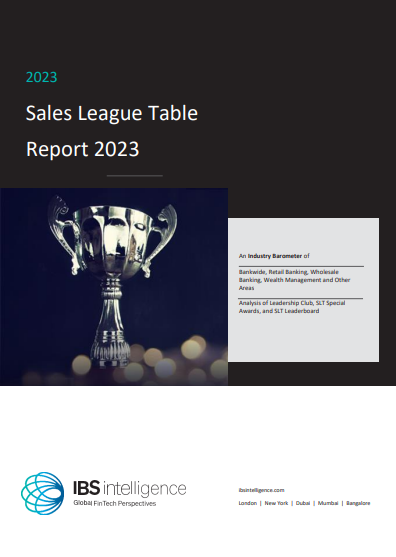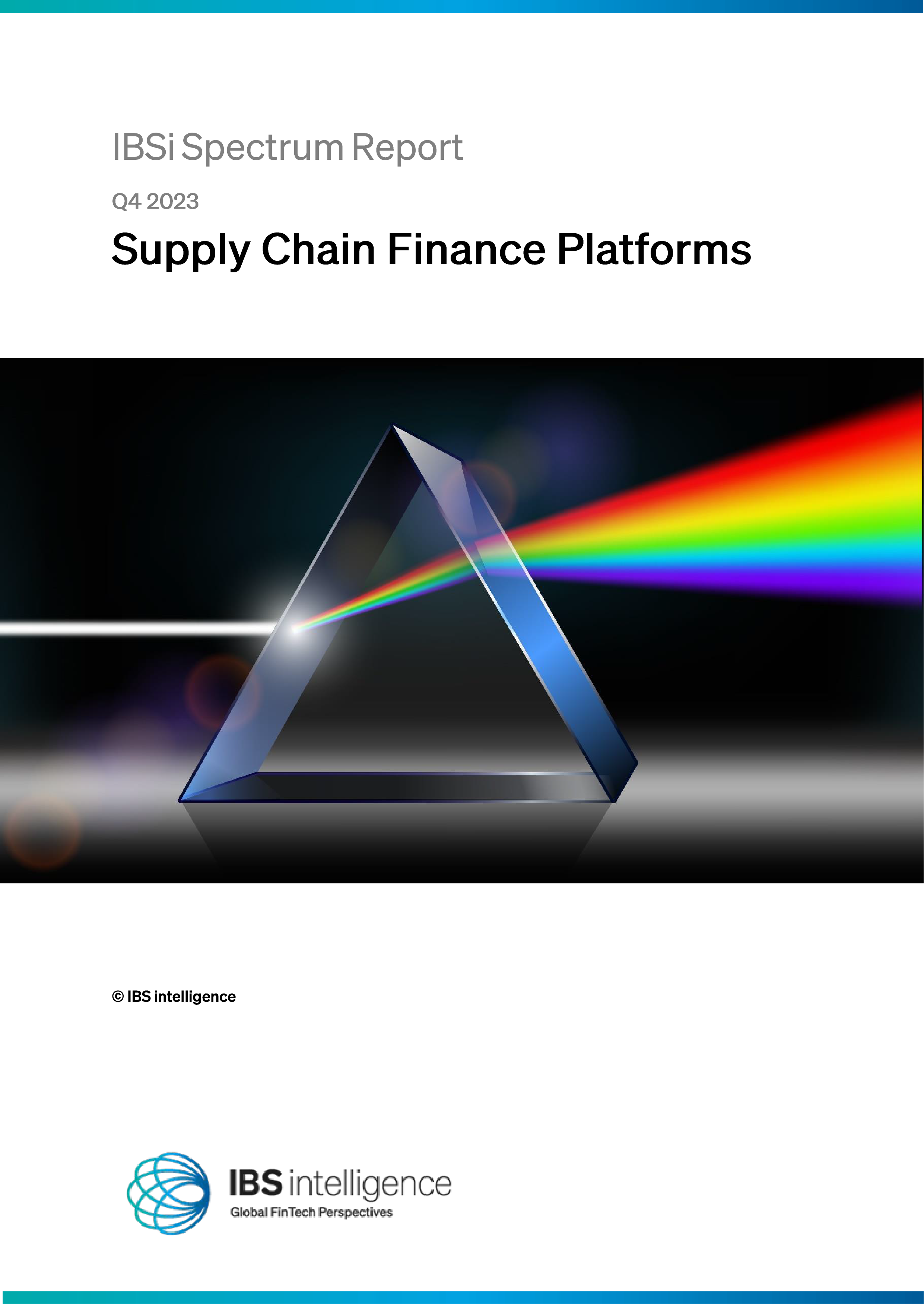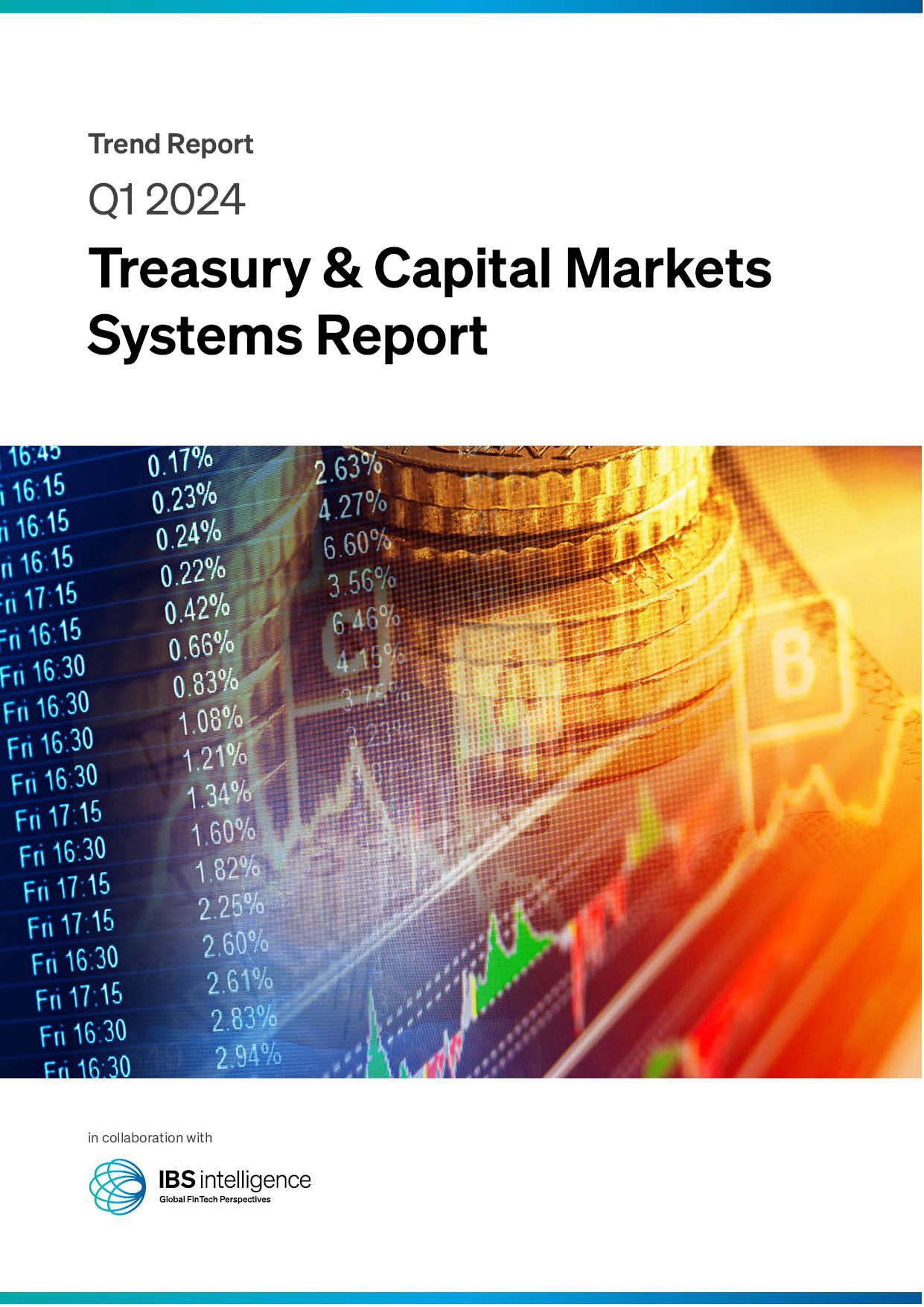 Back
Back
Unlocking Innovation and Efficiency: The Coreless Banking Revolution
By Santosh Radhakrishnan, Chief Commercial Officer, XYB
In the ever-evolving landscape of financial services, coreless banking emerges as a transformative force, empowering banks and financial institutions with dynamic new services that turbocharge operational efficiencies and enhance customer experiences. From the front-end to the back end and across all processes, coreless banking stands as a beacon of modernisation, breaking free from the constraints of legacy systems and embracing a future driven by API-powered infrastructure.

The Digital Dilemma: COBOL Systems vs. Digital-First Customers
The seismic shift towards digital financial services, accelerated by the pandemic, has propelled banks to meet the demands of a digital-first customer base. Today’s customers expect dynamic products, hyper-personalised services, and seamless digital experiences. However, behind the scenes, many financial institutions grapple with aging COBOL systems which are struggling to keep pace with the rapid evolution of digital demands.
COBOL, still prevalent in 43% of banking systems, handles 95% of ATM card swipes, posing a dual challenge. First, these systems are approaching the end of their useful lives, with a diminishing pool of developers proficient in COBOL. Second, operational pressures, compliance obligations, and the integration of new services strain these already-unstable platforms, exacerbated by interoperability issues between different systems.
Modernisation Quandary: Core Banking Approaches
Financial institutions face the dilemma of whether to upgrade existing systems or undergo a complete overhaul, a decision complicated by economic uncertainties. Traditional approaches include:
- Rip it up and start again: Replacing the core legacy system with a new platform involves substantial financial outlays, migration challenges, and service disruptions.
- Build it up and out: Gradual modernisation with modern applications may limit disruption, but interoperability and integration difficulties can lead to extended timelines and budgets.
- Keep the core and wrap around: Introducing digital APIs and microservices around the core may address some issues, but the underlying core still has the potential to buckle under the weight of new services.
Coreless Banking: A Paradigm Shift
Enter coreless banking – a game-changing solution that transcends the limitations of monolith legacy systems. An API-driven ecosystem, coreless banking seamlessly integrates fit-for-purpose microservices, offering unparalleled flexibility in modifying existing services and launching new ones without disrupting operations. An orchestration middleware layer ensures smooth integration, and the scalability of individual microservices aligns with customer needs.
Cost-Effective Modernisation and Accelerated Innovation
Coreless banking provides a cost-effective path to modernisation, eliminating the need for extensive infrastructure overhauls or ongoing maintenance. Development timeframes for new products or services are significantly shortened, as coreless banking providers offer a comprehensive suite of services under one roof.
For instance, Investec leveraged the coreless banking ecosystem to develop and launch a business current account in under 12 months. This showcases the adaptability and efficiency coreless banking brings to the table.
Limitless Potential Unleashed
Coreless banking’s curated ecosystem streamlines the identification and onboarding of best-of-breed vendors, managing client onboarding, risk, compliance, and customer support. This approach frees banks from the shackles of failing core systems, enabling them to accelerate time-to-market value with dynamic services that resonate with customers.
As digital transformation continues to reshape the banking landscape, coreless banking emerges as the next evolutionary step, promising unparalleled customer experiences that sustain banks, improve profitability, and pave the way for further innovations.
By moving to coreless banking, banks will be able to evolve quickly and meet ever-changing customer needs. But making the move requires an expert partner, which is why XYB exists. We are committed to breaking down the barriers of traditional core banking systems, so businesses can provide the financial products and services they need, when and where they need them.
IBSi News
- Daily insightful Financial Technology news analysis
- Weekly snapshots of industry deals, events & insights
- Weekly global FinTech case study
- Chart of the Week curated by IBSi’s Research Team
- Monthly issues of the iconic IBSi FinTech Journal
- Exclusive invitation to a flagship IBSi on-ground event of your choice
IBSi FinTech Journal

- Most trusted FinTech journal since 1991
- Digital monthly issue
- 60+ pages of research, analysis, interviews, opinions, and rankings
- Global coverage
Other Related Blogs
April 18, 2024
From experimentation to business value: four ways GenAI can transform financial services
Read MoreRelated Reports

Sales League Table Report 2023
Know More
Global Digital Banking Vendor & Landscape Report Q1 2024
Know More
Wealth Management & Private Banking Systems Report Q1 2024
Know More
IBSi Spectrum Report: Supply Chain Finance Platforms Q4 2023
Know More

